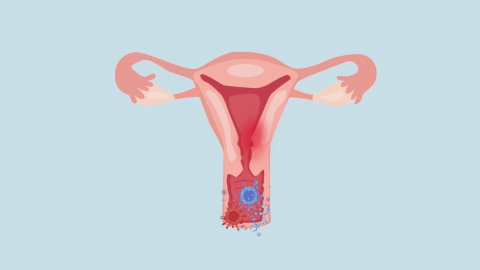How to detect a scarred uterus
Generally speaking, a scarred uterus refers to a uterine scar. Currently, a uterine scar can be detected through medical history inquiry, transvaginal ultrasound, abdominal ultrasound, computed tomography (CT), laparoscopy, or hysteroscopy. If experiencing any discomfort, timely medical consultation is recommended. Detailed analysis is as follows:

1. Medical History Inquiry
If a uterine scar is suspected, doctors will inquire about the patient's medical history to determine whether there is a history of uterine surgery, such as cesarean section or myomectomy, which are the main causes of a scarred uterus.
2. Transvaginal Ultrasound
For individuals with relevant medical histories, transvaginal ultrasound is used for initial diagnosis. During the examination, the patient lies in a supine position while ultrasound imaging is used to observe the uterus and determine whether any scarring has occurred. Additionally, the specific size and thickness of the scar can be analyzed.
3. Abdominal Ultrasound
Abdominal ultrasound can directly provide information about the shape of the uterus and the extent of scarring, such as through B-mode ultrasound. However, prior to the examination, the patient should drink plenty of water to ensure the bladder is full, allowing for clearer visualization of the scar's location.
4. Computed Tomography (CT)
Computed tomography is an imaging examination method that can more clearly visualize the exact size and location of a scarred uterus. It also helps assess whether the scar has healed, such as through CT scans or magnetic resonance imaging (MRI).
5. Laparoscopy or Hysteroscopy
Laparoscopy or hysteroscopy are auxiliary diagnostic methods for identifying a scarred uterus. These techniques not only help detect the presence of uterine scarring but also allow visualization of the uterus's specific morphology and help rule out other pathologies.
It should be noted that all the above examinations should be performed under a doctor's guidance to ensure accuracy. Additionally, timely targeted treatment after diagnosis is necessary to reduce the potential health risks associated with a scarred uterus.






